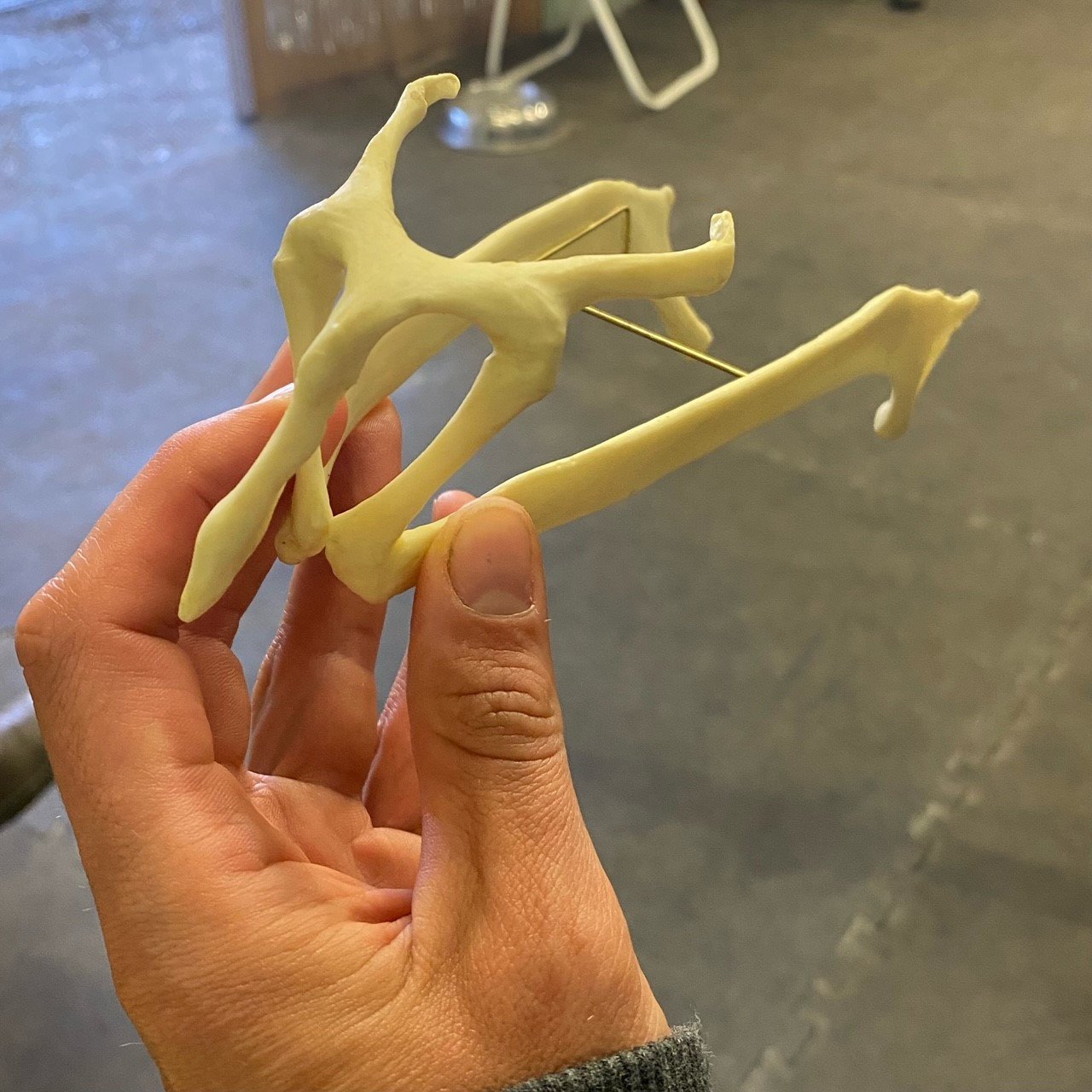The Equine Hyoid. A day of learning and developing skills.
This week I have been on some training with Osteopath Sara Farina at Rose Holistic Therapies and Training School.
I have spent quite a bit of time at Rose Therapies this year doing various CPD days and have a few more planned too. Jo Rose hosts a number of different courses with a variety of course leaders.
This was my first time meeting Sara. She is an Osteopath from Italy, who works in the UK and around Europe treating humans, horses and dogs. She is very passionate about her subject and was a great course leader, open to discussion and happy to answer any questions.
This day was focused on the Hyoid. We started the day in the classroom learning the anatomy of the Hyoid itself, before looking at the latest research into the functions of the Hyoid and it’s global connections throughout the body.
There were 12 of us on the course, a mixture of Massage Therapists, Physiotherapists, Chiropractors and a Bit Fitter. Everyone was really friendly and it was great to hear other therapist’s views and experience through the lecture and to have discussions.
Most of us already had knowledge of the Hyoid and already did some work on this area but were all keen to learn more.
Some key points that stuck out to me from Sara’s lecture about the anatomy of the Hyoid were:
The Hyoid bone is not actually shown in a lot of anatomy diagrams and until fairly recently was not even included in anatomy studies
There is now lots of research on the Hyoid in humans, some of which we can relate to the horse
The Hyoid apparatus is a series of bones which are fused together, with a hinge joint where it attaches to the skull and looks like this:
The bones create a sling for the tongue & upper respiratory system
There are very strong attachments to the skull due to the amount of support required
The direct muscle attachments to the hyoid that we can have an influence on as therapists are, the Omohyoid, the Occipitohyoid and the Sternohyoid muscles.
Indirectly the Hyoid has attachments to the Ventral muscle chain and can affect the abdominal muscles through the sternum and scapula
Indirectly the Hyoid has attachments to the Dorsal muscle chain via the Occipitohyoid muscle - learn more about muscle chains here
Hyoid issues can affects the diaphragm (and therefore breathing) as well as the pelvic floor muscles
Issues that may affect the Hyoid include but are not limited to - windsucking / cribbing, dental issues, TMJ / jaw issues, tongue/bit issues, headshaking
Hyoid movement can have a pumping effect, which could be used to stimulate the lymphatic system. Learn more about the lymphatic system here
Next we moved onto assessment of the Hyoid, keeping in mind the Osteopathic Principles:
The body is a unit
It is capable of balancing itself
Structure & Function are reciprocally interrelated
And the Osteopathic techniques:
Myofascial release
Balanced Ligamentous tension (BLT)
Neuromuscular techniques
Mobilisation
Inihibition
Our assessment should include:
Pain Indicative behaviours
Pain/sensitivity to touch
Movement assessment
Imbalance of the Hyoid directly
Assessment of the tone of the Sternocephalic & other muscles
After the classroom lecture we went outside to look at some horses, where we were able to have a feel and locate the Hyoid on 3 very different horses and Sara then demonstrated the techniques we would be learning on the day.
Below is an example of working on the Hyoid indirectly using the forelimb.
Following this we headed to a local livery yard where we split into groups of 4 and worked with 2 horses, first assessing the horse by palpation and in motion, then treating the horse using only the Hyoid release techniques we had learnt in the morning. Before reassessing the horse to see what changes had occurred by just treating the Hyoid alone.
The first horse we worked with showed the most dramatic changes. He was a 9 year old Irish gelding, around 17hh, used as an all rounder. On assessment he was very tight in his left shoulder, reactive to palpation of his back on both sides and his glutes were not firing at all, they were like jelly. He also had a dip in front of the sacrum where his back was in extension.
We found him to have Hyoid tension more on the left side and worked through each of the techniques we had learnt from the morning. He especially responded to the TMJ release, he held this for some time and then released with lots of yawning.
Following the techniques we reassessed him. He was moving so much more freely through the shoulders, it was a significant change, his back was also soft to palpate, his posture had improved and his glutes felt they had much more tone. Really incredible changes throughout the body by just working with the Hyoid release techniques.
I really enjoyed this CPD it was a great day and it was great to learn more about how to treat the Hyoid as well as have the chance to discuss topics with Sara, Jo and all the other therapists on the course.
If you are a therapist yourself I would highly recommend getting a space on this course if/when it runs again,
Thanks for visiting my blog, I hope you found it useful.
Jess





